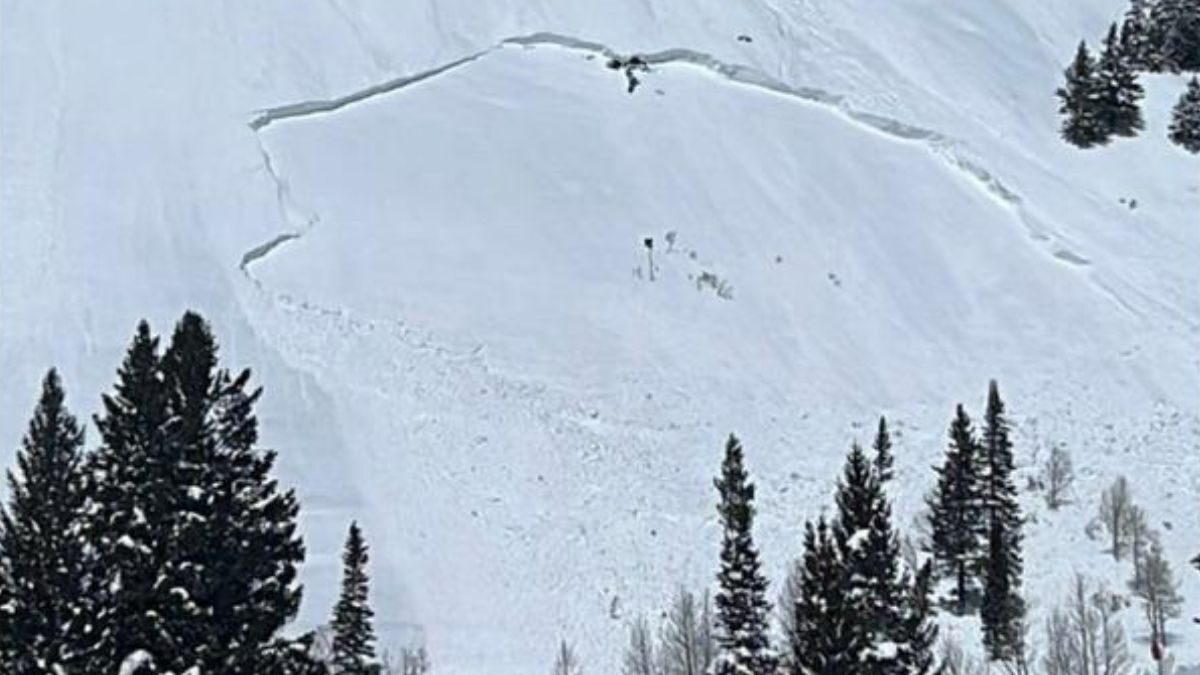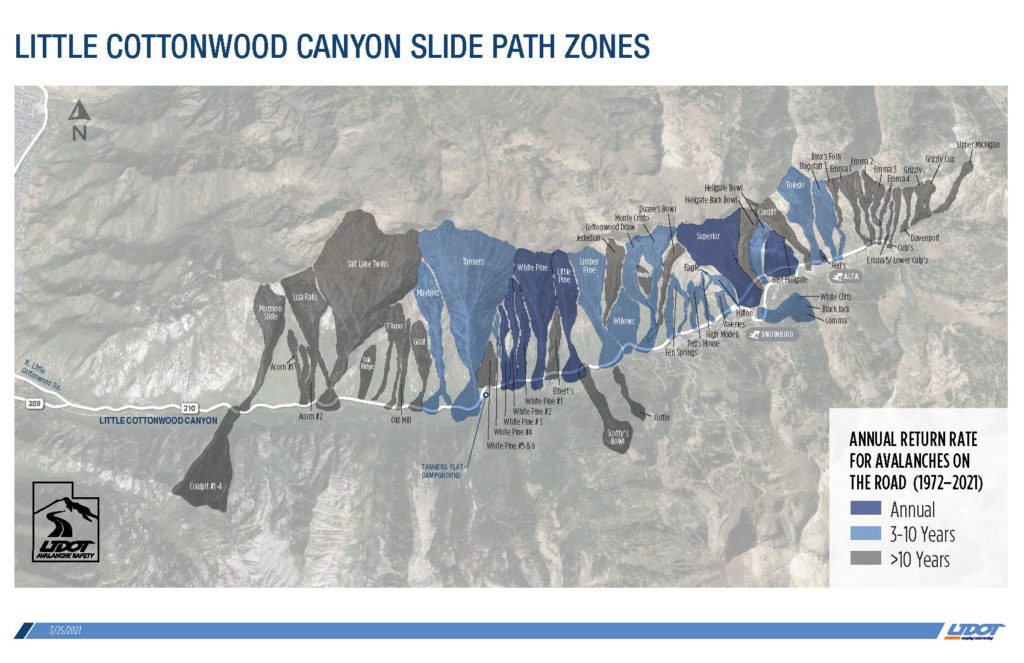Environment
Little Cottonwood Canyon avalanche mitigation towers set for upgrade

A natural avalanche slid near Snowbird Resort on April 6, 2023. Photo: Utah Avalanche Center
Installation of new Wyssen towers will begin July 8 and be finished by winter. Some hiking in the area will be closed as a result this summer and fall
LITTLE COTTONWOOD CANYON, Utah – Avalanches are a frequent hazard in Utah’s Little Cottonwood Canyon. Known for its steep terrain and heavy snowfall, the canyon experiences numerous avalanches each winter season, impacting the safety and accessibility to the area, which is home to Alta and Snowbird ski resorts.
For decades, the Utah Department of Transportation (UDOT) has used World War II-era cannons that fire explosives to perform avalanche control operations. The explosives are fired from various point in the canyon over houses and the road to remotely trigger avalanches, which are then cleared by crews to keep State Route 210, the main thoroughfare, open.
Starting this summer, UDOT will be preparing for an update to their mitigation methods; they’re installing sixteen new Wyssen Avalanche Towers on Mt. Superior, directly across from Alta Ski Area. Construction is expected to begin on July 8th, 2024 and finish in time for the Winter ’24/’25 season.
Wyssen Towers are part of a new wave technology in avalanche mitigation that allows slides to be triggered remotely, without firing a live artillery round over houses, buildings, and roads.
Currently, some of the towers are being used in LCC and in neighboring Big Cottonwood Canyon at Solitude.

The towers are strategically installed in avalanche-prone areas, typically on ridges or steep slopes and they are equipped with containers that hold explosive charges. The system can be activated remotely, often via a secure radio or GSM network. When activated, the tower releases a pre-loaded explosive charge, which is lowered on a cable to a specific height above the snow surface. When explosive charge is detonated the explosion triggers a controlled avalanche. This helps to release accumulated snow and prevent larger, more dangerous avalanches from occurring naturally.
“This project is part of UDOT’s long-term plan to reduce the amount of military artillery fired in the canyon,” UDOT Avalanche Safety Program Manager Steven Clark said. “By using this technology, we will enhance safety and become even more effective at preventing avalanches from reaching our roads”.
Two winters ago, when the Little Cottonwood received over 900 inches of snowfall. It lead to seemingly endless avalanche mitigation work for UDOT. They reported a record-breaking 98 avalanches on SR-210 which led to 34 full closures of the road.
UDOT is going to be closing part of the area’s hiking access this summer while construction is underway. Officials are asking all hikers and climbers to respect the area closure while construction crews are working. There will be active helicopters, potential rockfalls, and other hazards present.
View this post on Instagram



















